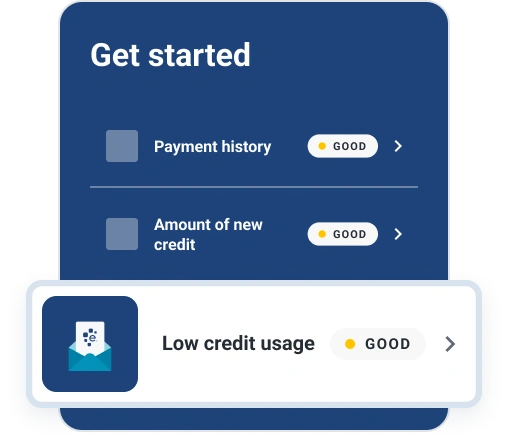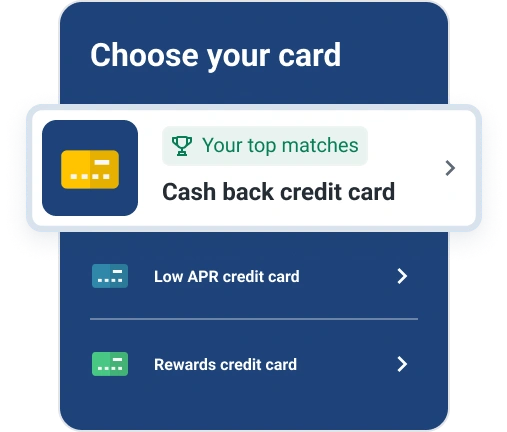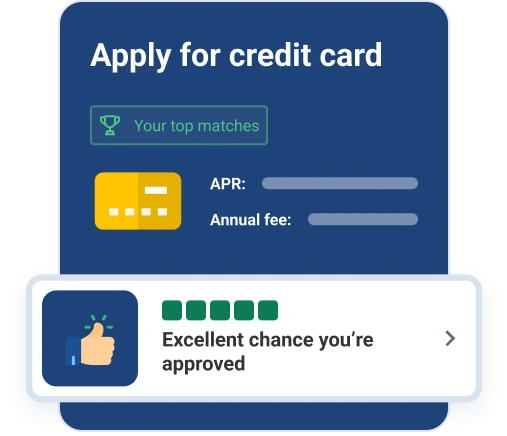At Experian, one of our priorities is consumer credit and finance education. This post may contain links and references to one or more of our partners, but we provide an objective view to help you make the best decisions. For more information, see our Editorial Policy.
In this article:
A cash back credit card is a type of rewards card that you can use to earn cash on purchases. A cash back card can be a little easier to use than travel rewards cards because the value of your rewards is clear. However, cash back cards can still differ in important ways depending on the rewards program and specific card. Here's what you need to know about how cash back cards work.
What Is a Cash Back Credit Card?
Most rewards cards fall into one of two categories: travel rewards cards and cash back rewards cards.
With a cash back card, it's easy to understand how much you'll earn on each purchase. For example, if your cash back card offers 2% cash back on purchases, you'll get $2 in rewards for every $100 you spend. (In contrast, the value of travel programs' points and miles can vary greatly depending on the loyalty program and current cost of travel.)
All cash back credit cards let you redeem your rewards for cash, often via a check, statement credit or bank transfer. Some travel cards do as well, but you might receive less value if you choose cash back redemptions instead of using the rewards on travel.
How to Earn Cash Back Rewards With Your Credit Card
Cash back rewards cards can be further distinguished by a card's rewards system.
Flat-Rate Cards
With a flat-rate cash back card, you earn the same amount of cash back on every purchase—often, 1.5% or 2%. In general, a card with a higher rewards rate will provide the most value. However, be sure to check whether the card has an annual fee or other fees that will offset the rewards you earn.
Flat-rate cards can be a good fit for people who don't want to spend a lot of time managing a credit card rewards program. It's easy to compare flat-rate cards to each other, and you'll know exactly how much you're earning on every purchase.
Bonus Categories or Tiered Rewards Cards
Some cash back cards offer different tiers of rewards depending on where you use the card.
These cards are sometimes distinguished by their bonus categories. For example, there are dining cards that give bonus cash back on take out and at restaurants, and gas cards with bonus cash back at gas stations.
Many cash back cards have several tiers, such as 2% cash back on dining and 3% on gas. There may also be a limit to the amount of bonus cash back you can earn each quarter or year. Generally, you can earn an unlimited 1% cash back on all non-bonus category purchases.
A tiered rewards card can be best when you tend to spend most of your money at particular types of retailers. They're also helpful if you have several rewards cards and can remember to pick the card that offers the most rewards on each purchase.
Rotating Rewards Cards
A rotating cash back rewards card is a type of tiered rewards card that has changing bonus categories. Generally, the categories change every three months.
These cards can be appealing because the limited-time bonus categories generally offer 5% cash back—a high rate. However, you're often limited to earning bonus rewards on up to a certain amount—usually $1,500 or $2,000—in purchases each quarter. Also, with some cards, the issuer picks the categories.
A rotating rewards card could be a good addition to your wallet if you don't mind keeping track of the changing categories and potentially having to activate them to earn the bonus rewards. But it might not be as rewarding as a flat-rate or tiered card if it's your only credit card.
Earn rewards for your spending
How to Redeem Your Cash Back Rewards
You may be able to redeem your cash back rewards in several ways, including:
- A check
- A statement credit
- Direct deposit into your bank account
- Gift cards
Some cards offer other options as well, such as letting you use your cash back rewards to book travel, donate to charity or make purchases online. Some cash back cards actually give you points in the issuer's rewards program, which can open up additional options as well.
Cash back cards may have minimum balance requirements for redeeming your cash rewards.
What Credit Score Do You Need for a Cash Back Credit Card?
Many cash back cards require at least fair to good credit, and some of the best options may require a very good or excellent score. These cards may offer large intro bonuses, high cash back rewards rates and additional cardholder perks.
There are options for people with poor credit, including secured cards that offer cash back rewards. But they may have higher fees, lower rewards rates and fewer cardholder benefits.
How to Maximize Cash Back Rewards
You can take a few steps to maximize the cash back rewards you'll earn.
- Choose the right card. Review your average spending and consider how much time you want to spend managing your card, then get a cash back card to match. Occasionally reevaluate your choice if your creditworthiness improves and you can qualify for more cards.
- Remember your cards' bonus categories. If you have a tiered or rotating rewards card, keep track of which card you want to use for each purchase. Having a note on your phone or stickers on the cards with their bonus categories can help.
- Sign up for extra earning opportunities. You may be eligible for limited-time offers to earn bonus cash back.
- Review the terms. Read over the credit card agreement to find out what doesn't count as an eligible purchase. For instance, you might not earn cash back if you use your credit card to buy gift cards or lottery tickets.
If you can choose between cash back and non-cash redemption options, review the options closely to see which one will give you the best value.
Get Matched With Cash Back Cards
If you're unsure of which cash back card to get, you could start by getting matched with cards through Experian's card comparison tool. After logging in, you can get personalized offers based on your credit profile and the features you're looking for in a card. You can also choose several cards to create a side-by-side comparison.




